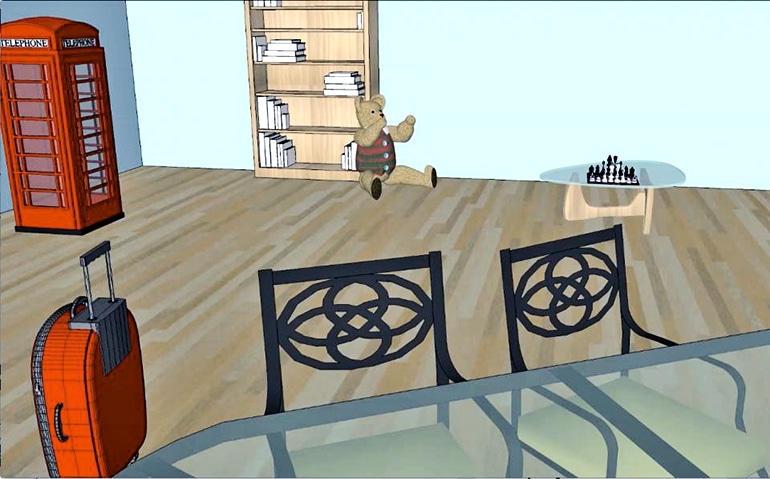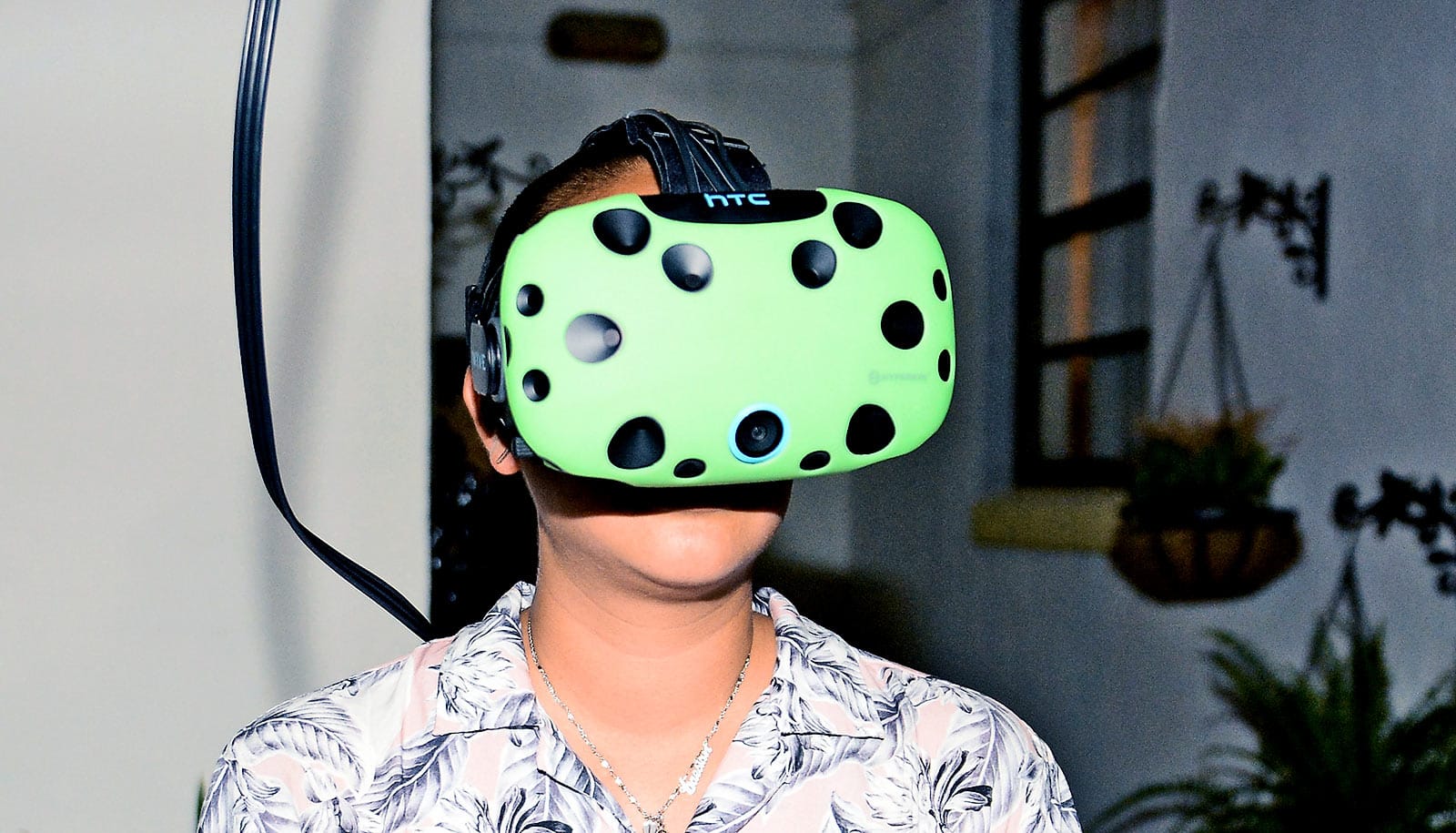Different areas of the hippocampus are activated when recalling different types of memories, a new study that used virtual reality shows.
The findings could give neuroscientists new insight into how different brain areas assemble memories in context.
It’s well known that one memory can trigger related memories. We remember specific events with context—when and where it happened, who was there. Different memories can have specific context, as well as information that is the same between memories—for example, events that occurred in the same location.

Graduate student Halle Dimsdale-Zucker and Charan Ranganath at the University of California, Davis, Center for Neuroscience and psychology department are interested in how the brain assembles all the pieces of these memories. They use functional magnetic resonance imaging, or fMRI, to look for brain areas that are activated as memories are recalled, especially in the hippocampus, a small structure in the center of the brain.
Dimsdale-Zucker used architectural sketching software to build houses in a 3D virtual environment. The subjects watched a series of videos in which they went into one house then another. In each video, different objects were positioned within the houses. The subjects therefore memorized the objects in two contexts: which video (episodic memory) and which house (spatial memory).
In the second phase of the study, researchers asked the subjects to try to remember the objects while they were scanned by fMRI.
Asking participants about the objects spontaneously reactivated contextual information, Dimsdale-Zucker says. Different regions of the hippocampus activated for different kinds of information: One area, CA1, was associated with representing shared information about contexts (for examplle, objects that were in the same video); another, distinct area was linked to representing differences in context.
“What’s exciting is that it is intuitive that you can remember a unique experience, but the hippocampus is also involved in linking similar experiences,” Dimsdale-Zucker says. “You need both to be able to remember.”
Electrical stimulation to amygdala can boost memory
Another interesting finding was that in this study, the hippocampus was involved in episodic memories linking both time and space, she says. Conventional thinking has been that the hippocampus codes primarily for spatial memories, for example those involved in navigation.
Virtual reality makes it possible to carry out controlled laboratory experiments with episodic memory, Dimsdale-Zucker says. A better understanding of how memories are formed, stored, and recalled could eventually lead to better diagnosis and treatment for memory problems in aging or degenerative disorders such as Alzheimer’s disease.
The researchers report their findings in the journal Nature Communications.
Additional authors on the paper are from UC Davis and Boston College. Dimsdale-Zucker was supported by a National Science Foundation graduate research fellowship.
Source: UC Davis



